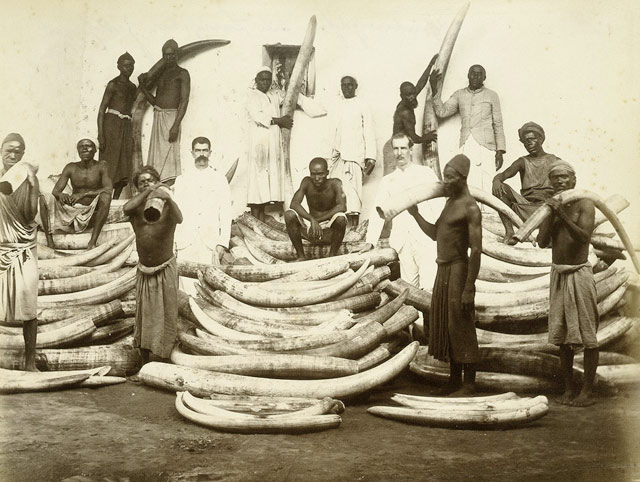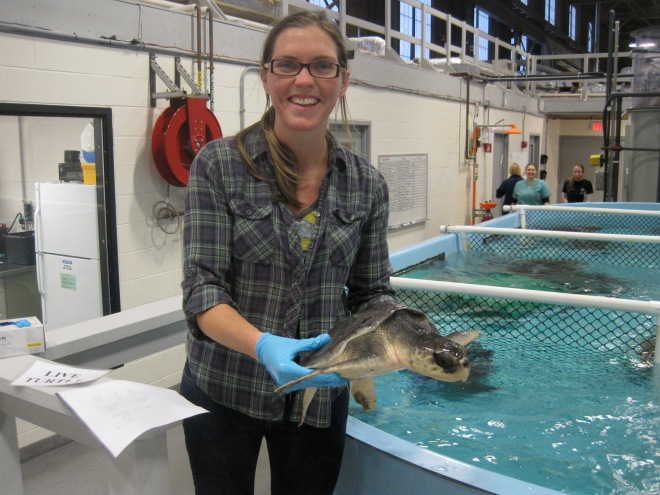This sunny spring morning has me inspired. Sproutlings are stretching their leaves on the windowsill, birdsong greets my ears, and I have a fresh pressed coffee at my side. After a couple rough weeks I finally feel ready to re-enter the blogisphere full force. Thank you to everyone who sent love my way :O)
This morning I present to you: A Brief History of Plastic
It’s hard to imagine a world without plastic. By the time you eat breakfast in the morning you have probably already brushed your teeth with plastic, stepped into a plastic shower through a plastic curtain, donned some plastic clothing, and opened your plastic refrigerator to take out your plastic wrapped breakfast before you get in your plastic car and go to work. It’s everywhere! But, believe it or not, there WAS a world without plastic, and it wasn’t too long ago.
We used to look to natural materials like metal, bone, shells, and wool to make the products we used every day. Until the late 1800s elephants were hunted for their ivory to make many items, including billiard balls. After newspapers published rising concerns about the fate of these animals a New York billiards supplier offered a handsome fortune for the development of a suitable alternative that would save the elephant from extinction. Enter John Wesley Hyatt, the “Father of Plastics”, who, after years of experimentation debuted his new billiard balls in 1869. People quickly recognized the potential of synthetic polymers to offer respite to dwindling natural resources.
It wasn’t just elephants that benefitted. Turtle shell was used to make hair combs. Whale baleen for corsets. Hyatt’s invention launched the development of a myriad of plastics, from Nylon to Teflon. These plastics offered a material utopia, the means to shape the world to our wills and whims. At first plastic was used primarily as a building material, and its production leapt during World War II, nearly quadrupling from 213 million pounds in 1939 to 818 million pounds in 1945 as we conserved rubber, built atomic bombs, and supplied our troops. After the war plastic was well positioned to come into our homes, cars, clothes, playthings, workplaces, and even our bodies.
Our relationship to plastic has changed dramatically since Hyatt’s day. What emerged with good intentions has wrapped us into an unhealthy dependence. Now, we are used to the never-ending smorgasbord of affordable plastic goods to choose from. We live hyper-convenient, disposable lives. Now, it retrospect, we are starting to see the full picture of the negative impacts on the environment, and our own health.
Yet I think there is hope in all of us to discover a new path. We are creative beings, and if we can break our wasteful habits we can create new ways to live and consume. We see the negative impacts of our actions, and we all have the ability to change. Talk to your grandparents, even your parents for some of us. Learn to cook from them, ask them about how they used to live in a plastic free world. Share ideas, like I do with this blog, so we can help each other discover a more sustainable way to live. Inspiration is a powerful tool for change.
The sea turtles will thank you!
Of course, this brief history of plastics is horribly simplified. If you want to learn more read Plastic: a Toxic Love Story by Susan Freinkel. It’s a wonderful read.
Happy Saturday everyone :O)


